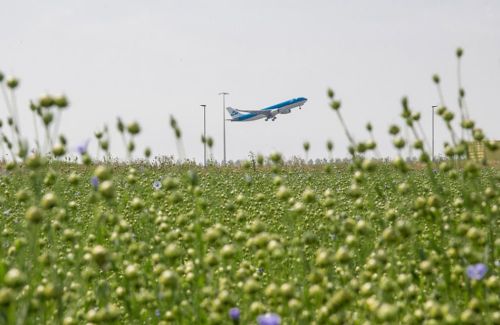Synthetic kerosene
Royal Schiphol Group is participating in two start-ups – Zenid and Synkero – that are making big leaps in the development and production of synthetic kerosene. Synthetic kerosene is a sustainable fuel. The development of synthetic kerosene is an important step towards a carbon-neutral aviation sector. An advantage of this fuel is that it can be used in existing types of aircraft.
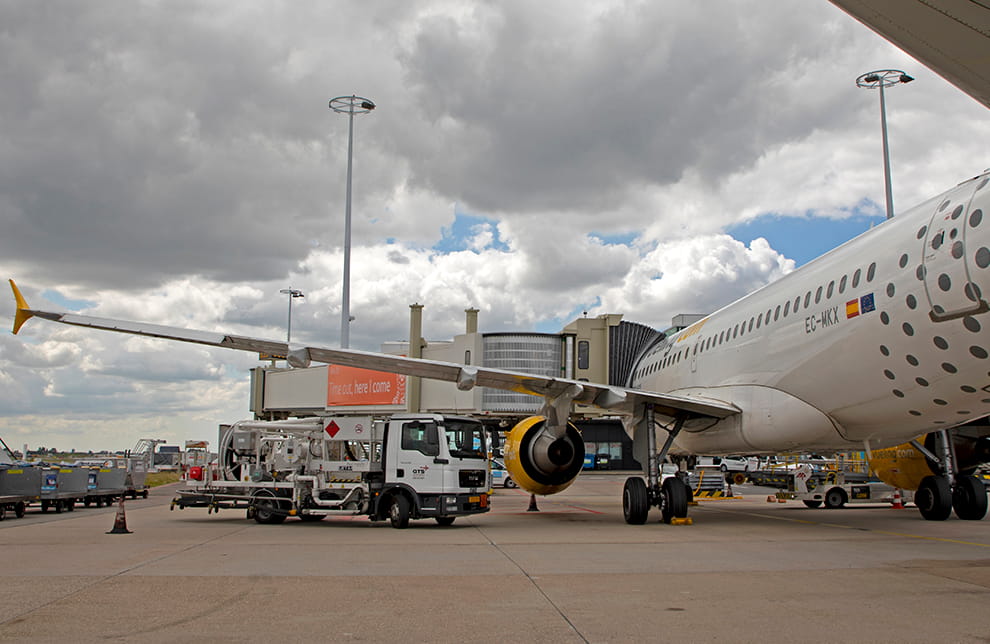
Made from CO₂, hydrogen and electricity
Synthetic fuel is made from CO₂ captured from air, water and green electricity. Sustainable electricity is used to turn the captured CO₂ and water into hydrogen and carbon monoxide. Hydrocarbons are then made from this gas mixture. Hydrocarbons form the basis of synthetic kerosene. This fuel is then mixed with fossil fuel so that it can be used in all kinds of aircraft.
Synkero: 50,000 tonnes per year
Synkero wants to establish a commercial synthetic kerosene plant on Port of Amsterdam land, from where there’ll be a direct connection to Schiphol. If everything goes according to plan, the plant should be up and running in 2027 and will provide 50,000 tonnes of synthetic kerosene each year.
What we do for sustainability
-
To and from the airport
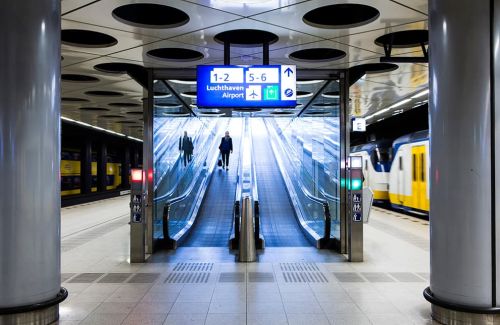
-
At the airport
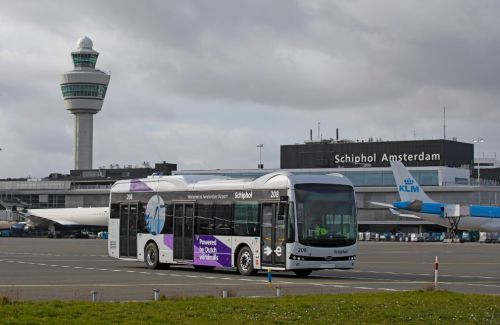
-
In the air
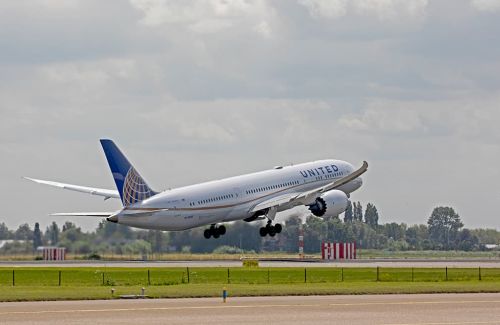
-
What can you do for the environment?
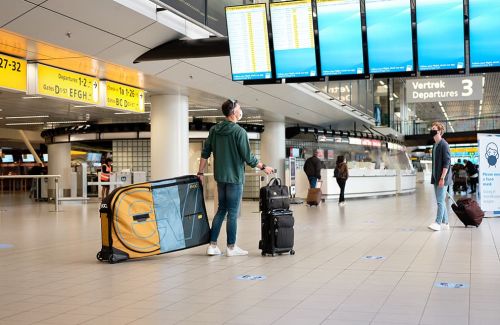
-
Sustainable living environment
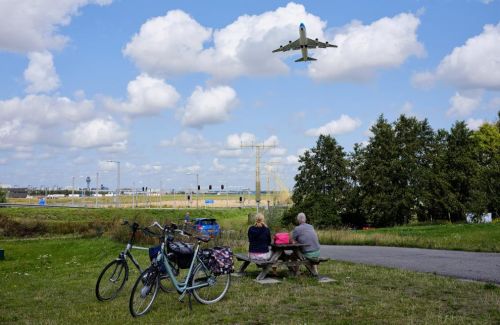
-
News
